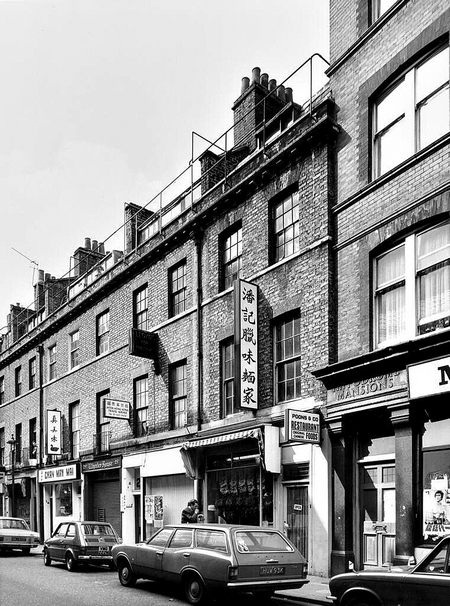

"The 1970s photos from Soho are busier and show more of everyday life than the Limehouse ones, because it's always been a livelier area, with businesses and tourists, so there's more incidental movement and activity," Tuff explains.
The advance of technology may also have played a role in dictating what was included and what was left out of the photos, many of which can now be seen on the London Picture Archive website.
"Before digital, in the 1970s you would take a lot of photos because you couldn't check that you had the perfect shot, so you'd take more to be sure," Tuff explains. "In the 1930s, you were probably more economical, so you'd want the best shot you could find, and might take your time until people were out of the way."
In the modern world, an archive might seem like the most appropriate place for something as dated as hard copy prints, but this only serves to highlight their timelessness.
"Technology moves on, you might have all those images on your phone, but they could become inaccessible unless you actively do something about them," says Tuff.
"One of the challenges going forward is how we continue to collect representative material, a record of the changing face of London and the people who live here, so we need to keep archiving, so in 100 years' time, there isn't a big gap of inaccessible images. The questions we face now show just why these old prints are so important and why they still matter all these years later."